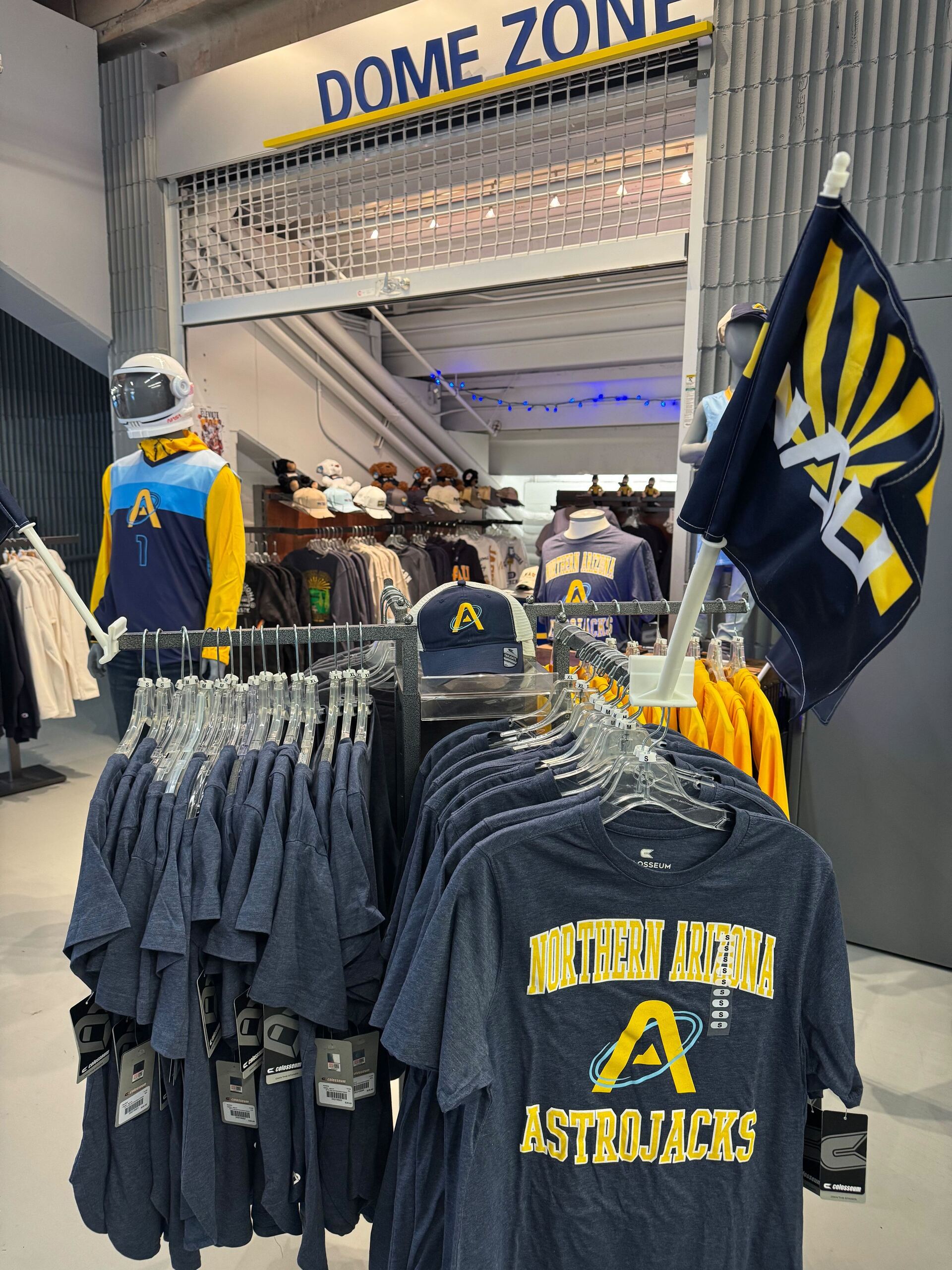Good morning, and thanks for spending part of your day with Extra Points.
Today, let’s do a mailbag newsletter. If you have questions you’d like to see answered in future Extra Points mailbags, feel free to shoot me a note at [email protected], DM me, or tweet me at @MattBrownEP.
Let’s get to those questions.
Great question, Billy Goat. First, let me say that I’m bummed that this series was canceled, and especially with such little notice. It means that Washington probably won’t be able to replace Ohio State with anything close to as strong of an opponent in time for the 2024 season. It sucks for the players, ticket holders, and fans.
But I don’t think it’s accurate that Ohio State dropped the series because they were scared. It’s not like Ohio State has been afraid to schedule P5 opponents in recent memory…they’re traveling to Notre Dame this season, and have home and homes scheduled with Texas, Alabama, and Georgia in the coming years.
I am almost positive that the issue here is the 2024 Big Ten football schedule. The slate hasn’t been formally announced yet, but with it being USC and UCLA’s first year in the conference, I’d say the odds are very good that Ohio State is making at least one west coast road trip. If Ohio State had reason to believe that they, hypothetically, needed to fly to LA in mid-October, they certainly wouldn’t want to fly all the way to Seattle just a few weeks earlier.
I’m sure it’s happened before, but I can’t think of a single Eastern Time Zone team to make two Pacific Time Zone road trips in one season…even Notre Dame has been careful to stagger trips to Stanford and USC. A flight from Columbus to Seattle isn’t short…it’s over four hours and includes three different timezone changes. I would be surprised if any Big Ten team schedules home and homes with schools like Washington, Oregon, and Stanford in a post-USC/UCLA world, at least for a while.
I yearn for a world where football games aren’t scheduled 15 years in advance, so everybody has the ability to quickly respond to conference schedule changes or coaching changes….but sadly, that’s not our world. So we end up with this.
Reader NCAA Football 09 Appreciator asks:
Why doesn’t anybody ever talk about UC Davis as a potential Pac-12 candidate?
On paper, I get why somebody might suggest this. UC Davis is a huge school, with an enrollment (north of 30,000), that is similar to plenty of other FBS institutions. It’s a public ivy and a respected research university, and it sits less than 20 miles outside of Sacramento. Institutionally, it has a lot more in common with your typical Pac-12 school than some of the other potential candidates, like SMU and UNLV.
But I have never heard a single TV consultant, AD or industry professional suggest UC Davis as a potential P5 candidate, though. A major reason for that is money. According to the most recent data in the Knight Newhouse Database, UC Davis generated $39 Million in athletic department revenue…but more than 60% of that came from student fees, not ticket sales, sponsorships or donations. They spent around $36 million as an athletic department. A small Pac-12 school typically spends north of $60 million. Some of that gap could be filled with TV revenues (assuming the Pac-12 ever gets a TV deal), but the resource and infrastructure jump would be significant.
Sacramento is a decently large TV market (20th in the country, similar to Portland)…but it’s also a market that has a lot of Pac-12 fans already, and one that’s relatively close to the Bay Area, where the Pac-12 already has two schools. It doesn’t address the Pac-12’s lack of presence in Southern California or grow into newer markets. It’s also a fair question whether a school that has made exactly one men’s NCAA basketball tournament, and that isn’t exactly an FCS football superpower, could actually deliver that market.
I can only think of one P5 school that has ever played at what we’d consider the FCS level, and that’s UCF. There are plenty of FCS schools that could compete pretty quickly at the G5 level, but the infrastructure gap between what it takes to run a Big Sky athletic department, and a P5 department, is huge. It’s not a gap that can likely be crossed in one fell swoop. UC Davis is a fine school in a fine state, but it isn’t what the Pac-12 really needs at the moment.
I don’t have a strong opinion about the Luck hire, to be honest. I think the WAC and the ASUN have plenty of highly capable athletic directors, and they have two smart conference commissioners, and whether the WAC/ASUN deal ever actually ends up happening probably has more to do with people who are not Oliver Luck than any potential masterstroke he could orchestrate.
My general feeling about the WAC/ASUN plan is a curious skepticism. I don’t think it’s a bad idea! All of those schools need stable conference membership, they’re all ambitious institutions, and if this plan works, it could result in more single-sport conference affiliation memberships across the board, something that I think would be good for athletes, fans and administrators.
But I am skeptical that the group can actually pull this off. Part of that is because I know there are other FCS leagues that reeeeeally do not want this to be successful, and I imagine the entire operation will face political and bureaucratic pushback. I’m skeptical because I don’t see how the revenues work out without access to College Football Playoff Revenue sharing, especially as the broadcast rights market looks to be softening for non-elite properties. And I worry because not every single school in the WAC/ASUN plan is equally ready to make an ambitious jump to FBS.
Luck has forgotten more about the college sports industry than I know, and there are smart people working on this….but I’m treating it as a bit of a moonshot endeavor for now.
This is a great question. It’s a complicated one…and the short, unsatisfying answer is that it depends.
One way that conference affiliation may impact enrollment is how that affiliation fits into a broader student recruitment plan. If a school is trying to grow enrollment from particular markets, they might try to affiliate themselves in a league that regularly plays games in those markets, so they can stack athletic contests with recruiting events or alumni engagement. I am aware of schools even at the DII level that have sought new league affiliations, so they can be closer to where their alumni actually live, or where they are trying to find more students. It’s why the Missouri Valley Conference, at one time, seriously considered adding a team in Texas. It’s a real thing!
But whether league affiliation actually leads to any changes in student recruitment depends entirely on the school’s goals and marketing plans. If your conference adds a school in Kentucky, you’re not going to necessarily automatically add more undergraduates from Kentucky, for example.
When you see reporters talk about how academics matter in conference realignment, they’re not wrong, but academics is generally shorthand for institutional fit…or how similar those institutions are.
There is unquestionably an element of snobbery to this idea, but it isn’t just because the Stanfords of the world don’t want to associate with the unwashed regional public school masses. Although that’s a thing, of course.
Conference governance, after all, is done by university presidents, and making major decisions can be easier if the member schools can feel reasonably certain that they have many values and priorities in common. It may be easier to find consensus on academic legislation, for example, if every school in the league is either open-enrollment or highly selective. When there’s a mix, consensus can be harder to come by.
Athletic conferences can also be powerful branding tools. For better or for worse, it’s easy to explain what a Big Ten school is….they’re large enrollment, selective research institutions with highly resourced, broad-based athletic departments. They’re recruiting mostly the same type of undergraduate, and they offer similar campus cultures. That isn’t just a powerful branding tool for a potential undergraduate, but an administrator can use that branding to recruit potential faculty or staffers. I’ve seen it done.
You can’t do that for every conference. What does it really mean to be an AAC school? Or a Conference USA school? That doesn’t mean those leagues and schools are bad! I’m not going to sit here on Al Gore’s internet and pretend that Tulane and Rice aren’t elite institutions. They just don’t enjoy the same conference and institutional branding.
If a league wants to maintain that branding, then they’re going to want to try and keep their conference as institutionally homogenous as they can.
On a similar note, let me just end with this. I hate this idea of attaching a good-school/bad-school binary when we talk about colleges, especially when in realignment discussions. The US News Report ranking is but one (flawed) metric of many, and it doesn’t make a school good or bad.
Like, let’s take West Virginia for example. WVU is not a highly ranked institution in US News. But WVU isn’t supposed to be Stanford or Princeton. WVU is West Virginia’s Land-Grant University! If we check the language of the Morrill Act, that means it’s supposed to be ‘accessible to all, but especially to the sons of toil.’ If it only opened its doors to rich people who got a 34 on their ACT, it wouldn’t be fulfilling its purpose to West Virginia taxpayers. Being good at a completely different mission doesn’t make you a bad school. It makes you a different school.
Leave the credential comparisons to the Law School gunners and other unfortunate dorks. It doesn’t need to be a part of the college sports vernacular.
We’ll get to more questions next time. If I missed yours, feel free to send it again and I’ll try to get to it next time.
This edition of Extra Points is brought to you in part by The Gist:
Not your dad's sports news 🏈⚽🏀(It's better, tbh). The GIST is a must-subscribe newsletter that provides a refreshing female voice and perspective on sports. If you want to stay in the loop but don't have time to watch all the games, let The GIST do it for you in just 5 minutes. Sign up here, for free!

This edition of Extra Points is brought to you in part by Baylor University Faith + Sport Institute

If you have ideas for future Extra Points newsletters or #tips you want to share, our new tips line is [email protected]. To sponsor a future Extra Points newsletter, please email [email protected]. I'm also @MattBrownEP on Twitter, and @ExtraPointsMB on Instagram.



















